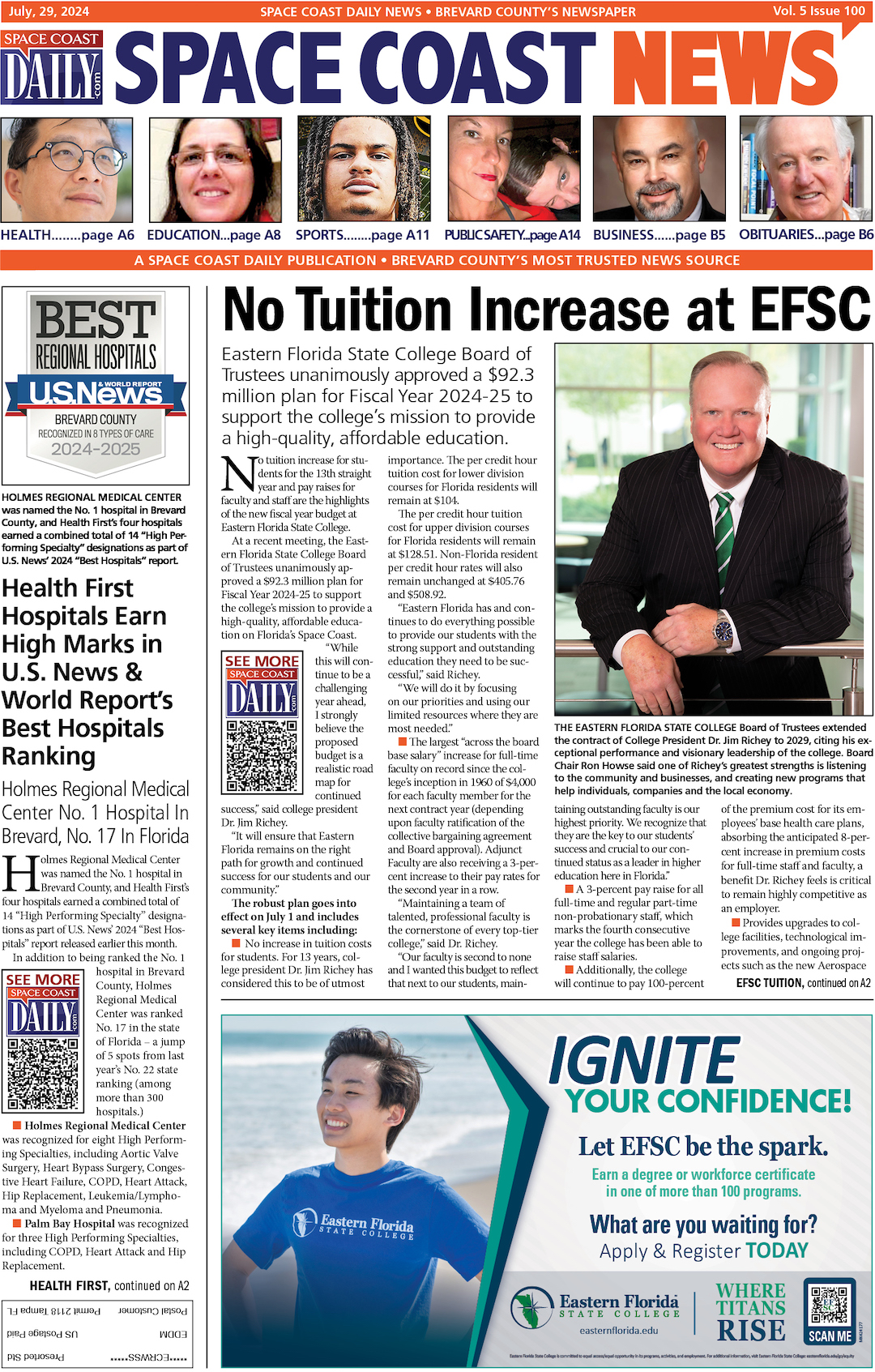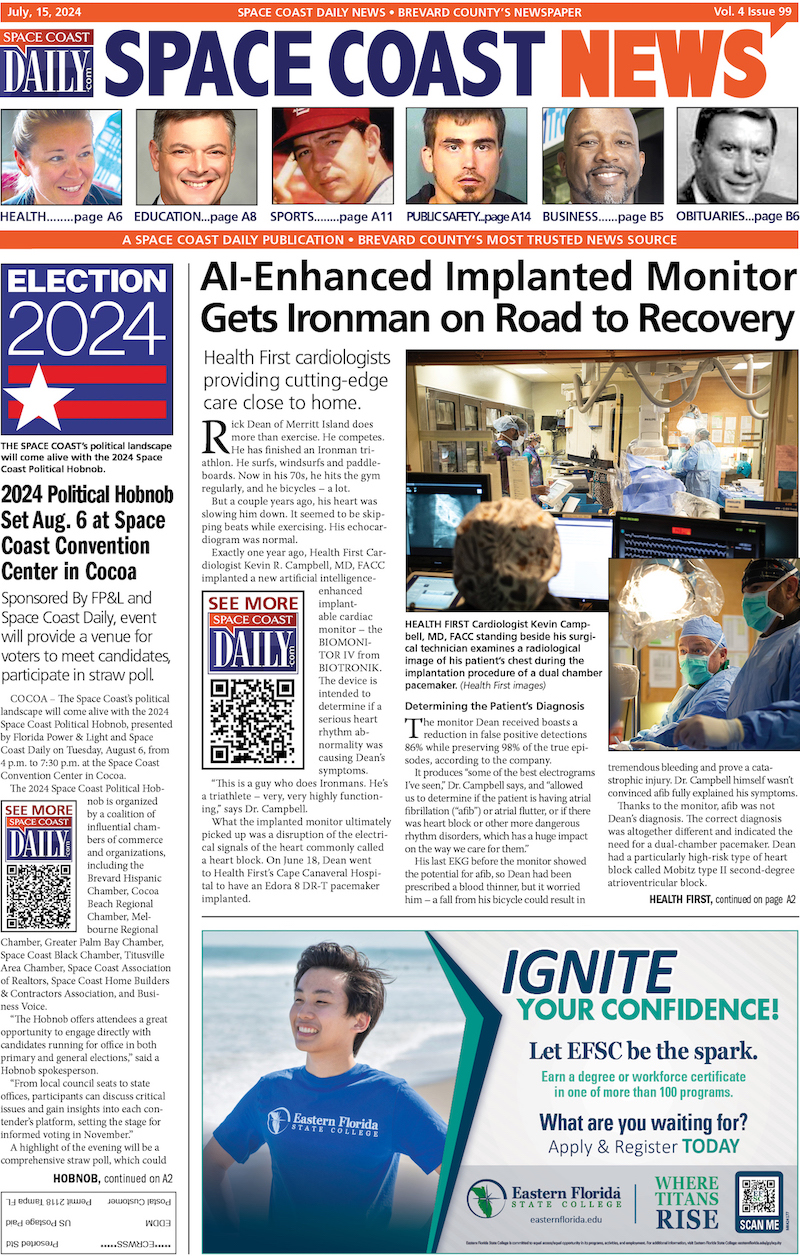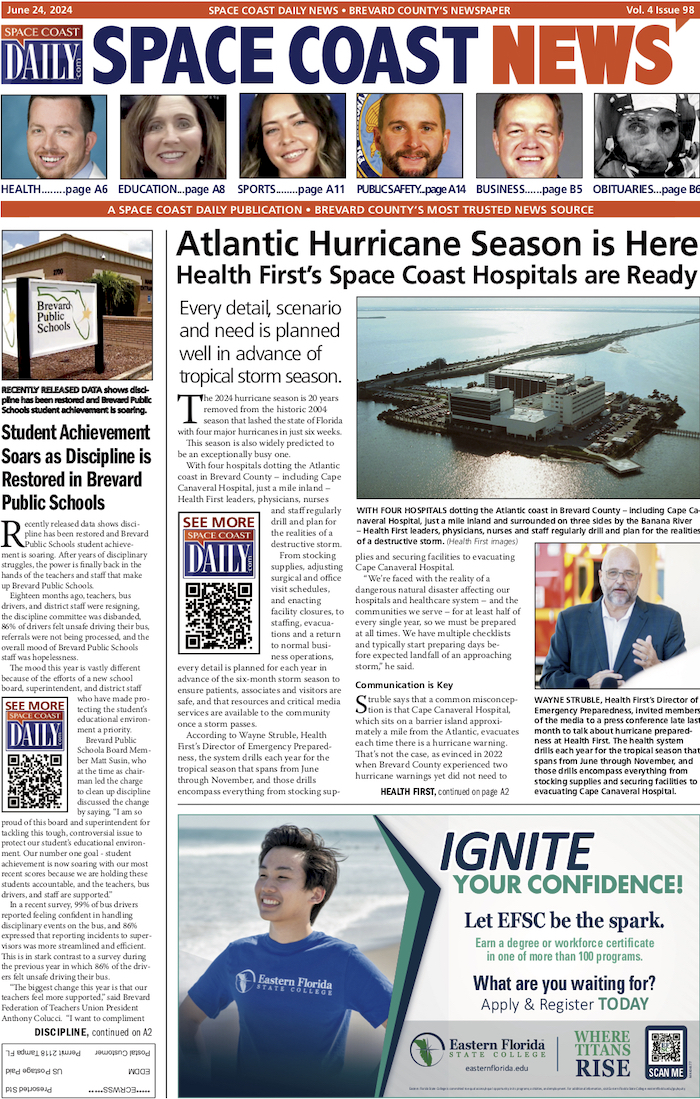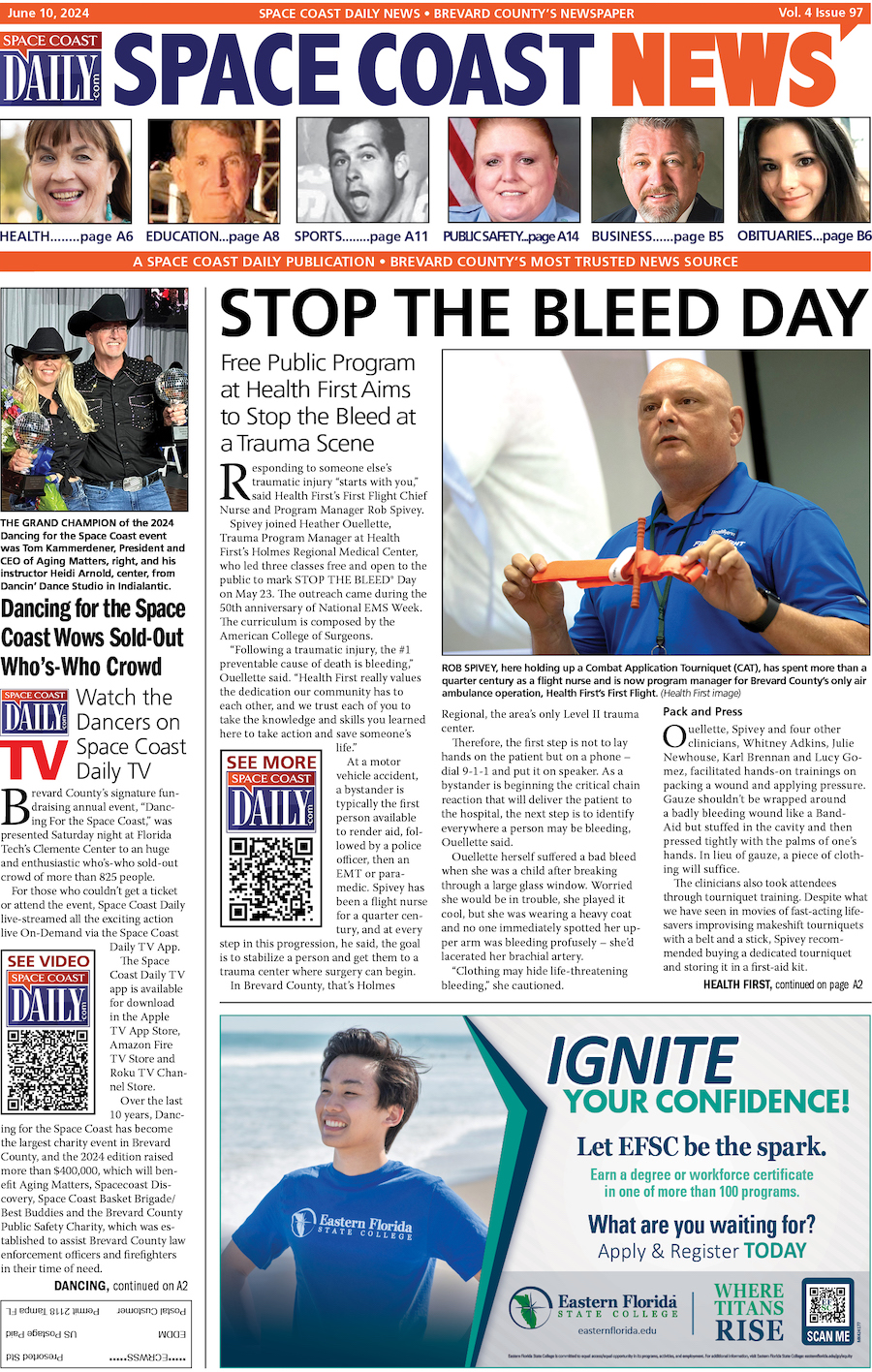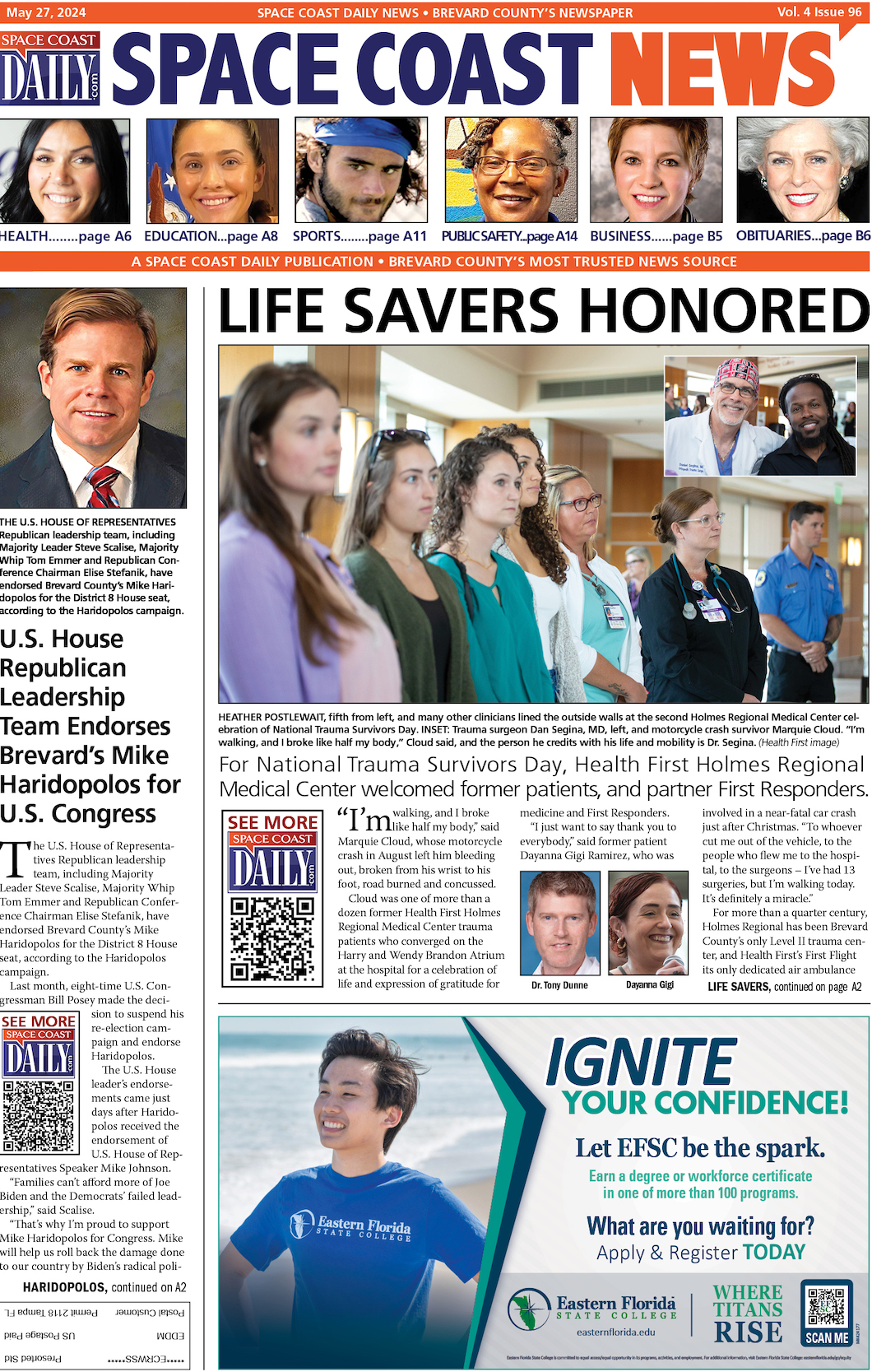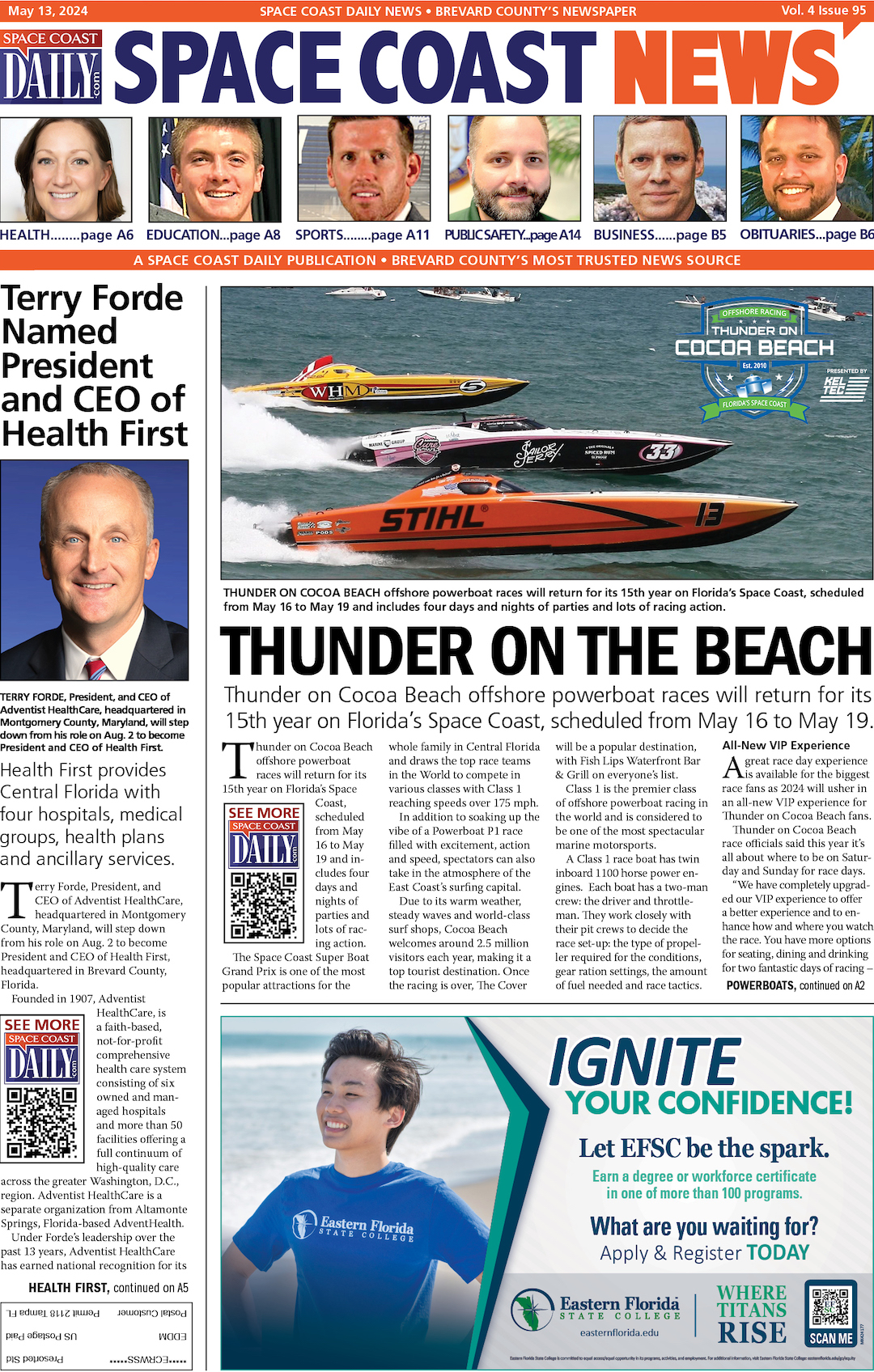THIS WEEK @NASA: Space Station Crew Safe Following Debris Event, Crew-2 Astronauts Discuss Their Mission
By Space Coast Daily // November 21, 2021
latest happenings around NASA
ABOVE VIDEO: The space station crew is safe following a debris event, our recently returned Crew-2 astronauts discuss their mission, and what our Crew-1 astronauts did in Washington … a few of the stories to tell you about – This Week at NASA!
Space Station Crew Safe Following Debris Event
On Nov. 15 Moscow Standard Time, the International Space Station Flight Control team was notified about indications of a satellite breakup that had potential to create enough debris to pose a conjunction threat to the station. They directed the crew onboard to close hatches to radial modules on the station and to shelter in spacecraft docked to the orbiting outpost for about 2 hours.
The station is passing through or near the debris cloud every 90 minutes, but based on a risk assessment, the crew no longer needs to shelter and is safe at this time.
Recently Returned Crew-2 Astronauts Discuss Their Mission
NASA’s SpaceX Crew-2 astronauts recently returned from the International Space Station. They took questions about their mission during a Nov. 15 post-landing news conference, including a question about how responsive the crew was to a brief loss of attitude control the station experienced on Oct. 15.
“We relied on our training, and it just kind of kicked in; the stuff that we thought we’d never ever use, we were using. And we worked really well together as a team to kind of get that situation back under control.”—Shane Kimbrough, NASA Astronaut
Crew-2 traveled more than 84 million miles during their 199 days in orbit and conducted hundreds of experiments while onboard the space station.
Crew-1 Astronauts’ Post-Flight Visit to D.C.
The astronauts of NASA’s SpaceX Crew-1 mission were in the Washington, D.C. area during the week of Nov. 15 to share experiences from their 167 days aboard the space station.
“One, two, three.”— Photographer
They stopped by our Mary W. Jackson NASA Headquarters building to present Administrator Bill Nelson and Deputy Administrator Pam Melroy with photo montages commemorating the mission.
“Hi, thanks for coming. We really appreciate it.”—Employee Question
Also, at our headquarters, the crew shared imagery from their mission with NASA employees during a question and answer presentation. The astronauts also visited Capitol Hill to discuss the work being done aboard the space station with members of Congress and others visiting the Destination Station mobile exhibit and to highlight America’s future deep space exploration plans.
Jessica Watkins Assigned to NASA’s SpaceX Crew-4 Mission
NASA has assigned astronaut Jessica Watkins to serve as a mission specialist on our upcoming SpaceX Crew-4 mission to the International Space Station. She joins fellow NASA astronauts Kjell Lindgren and Robert Hines, as well as European Space Agency astronaut Samantha Cristoforetti. The four are targeted for launch in April 2022.
NASA’s First Planetary Defense Test Mission
Our Double Asteroid Redirection Test or (DART) mission is targeted for launch no earlier than 1:20 a.m. EST on Nov. 24 from California’s Vandenberg Space Force Base. The mission will help determine if intentionally crashing a spacecraft into an asteroid is an effective way to change the asteroid’s course. Check out nasa.gov/dart for more about the mission and some online opportunities to share in the excitement of NASA’s first planetary defense test mission.
Preparing for Laser Communications Relay Demonstration
The Laser Communications Relay Demonstration or (LCRD) will be NASA’s first end-to-end laser relay system. The technology demonstration will use invisible infrared lasers to transfer data between Earth and geosynchronous orbit at a rate of 1.2 gigabits per second. Laser communications offer data rates 10 to 100 times higher than traditional radio transmissions, which could enable future missions to transfer extraordinary amounts of data. LCRD is targeted for launch no earlier than Dec. 4, from Cape Canaveral Space Force Station in Florida.
That’s what’s up this week @NASA

